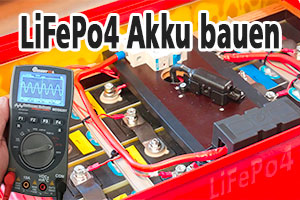Hallo!
habe nun den Asuro endlich zum flashen gebracht.
Hab nun folgendes Programm gecodet:
Code:
# include "asuro.h"
int main()
{
Init();
char ready[2];
StatusLED(RED);
Sleep(72000);
StatusLED(YELLOW);
Sleep(72000);
StatusLED(GREEN);
SerWrite("I'm gonna to drive on\n\rPress \"go\" and I 'll start...\n\r", 54);
SerRead(ready, 2, 0);
if ((ready[0]=='g')&&(ready[1]=='o'))
{
Sleep(72000);
MotorDir(FWD, FWD);
MotorSpeed(200,200);
SerWrite("\n\n\n\n\rYeah! I'm drivin'", 22);
while(1)
{
if(PollSwitch()>0)
{
SerWrite("I'm pushed on an item!", 22);
StatusLED(RED);
MotorSpeed(100, 100);
Sleep(30000);
MotorSpeed(0, 0);
Sleep(72000);
MotorDir(RWD, RWD);
MotorSpeed(80, 80);
Sleep(360000);
MotorDir(FWD, RWD);
MotorSpeed(100, 100);
Sleep(144000);
MotorDir(FWD, FWD);
Sleep(50000);
MotorSpeed(200, 200);
StatusLED(GREEN);
}
}
}
else
SerWrite("\n\n\n\rI can't drive on, 'cause you 've written false signs\n\n", 58);
while(1);
return 0;
}
Das Einzige was er aber macht, ist fahren und wenn er kollidiert,
schaltet ganz kurz das StatusLED von grün auf rot und das wars...
Trotz der Sleeps? Wie kann das gehen?
Hab ich was vergessen?
mfg







 Zitieren
Zitieren

Lesezeichen